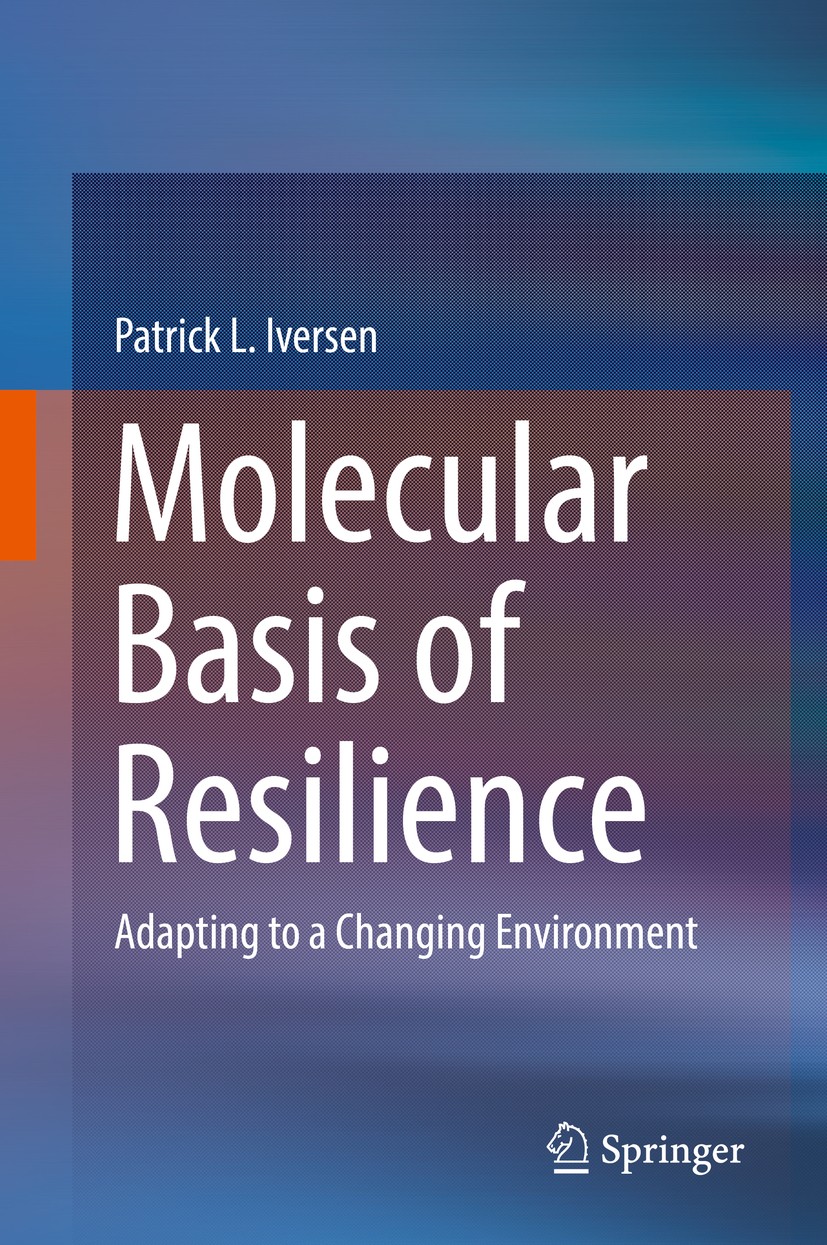| 书目名称 | Molecular Basis of Resilience |
| 副标题 | Adapting to a Changi |
| 编辑 | Patrick L. Iversen |
| 视频video | http://file.papertrans.cn/639/638042/638042.mp4 |
| 概述 | Addresses the life threatening challenges from infectious diseases, genetic mutations, and a toxic environment all while life expectancy increases and provides optimism for our continued survival.Pres |
| 图书封面 |  |
| 描述 | .This book illuminates mechanisms of resilience. Threats and defense systems lead to adaptive changes in gene expression. Environmental conditions may dampen adaptive responses at the level of RNA expression. The first seven chapters elaborate threats to human health. Human populations spontaneously invade niche boundaries exposing us to threats that drive the resilience process. Emerging RNA viruses are a significant threat to human health. Antiviral drugs are reviewed and how viral genomes respond to the environment driving genome sequence plasticity. Limitations in predicting the human outcome are described in “nonlinear anomalies.” An example includes medical countermeasures for Ebola and Marburg viruses under the “Animal Rule.” Bacterial infections and a review of antibacterial drugs and bacterial resilience mediated by horizontal gene transfer follow. Chapter 6 shifts focus to cancer and discovery of novel therapeutics for leukemia. The spontaneous resolution of AML in children with Down syndrome highlights human resilience. Chapter 7 explores chemicals in the environment. Examples of chemical carcinogenesis illustrate how chemicals disrupt genomes. Historic research ignor |
| 出版日期 | Book 2018 |
| 关键词 | Alternate exon use; Oligonucleotide induced exon skipping; Cytochrome P450; Horizontal Gene Transfer; In |
| 版次 | 1 |
| doi | https://doi.org/10.1007/978-3-319-98164-2 |
| isbn_softcover | 978-3-030-07460-9 |
| isbn_ebook | 978-3-319-98164-2 |
| copyright | Springer Nature Switzerland AG 2018 |
 |Archiver|手机版|小黑屋|
派博传思国际
( 京公网安备110108008328)
GMT+8, 2025-11-16 23:17
|Archiver|手机版|小黑屋|
派博传思国际
( 京公网安备110108008328)
GMT+8, 2025-11-16 23:17


